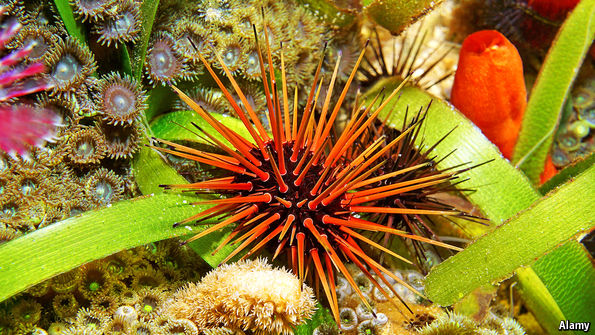Bombs that can recognise their targets are back in fashion

IT IS easy to forget, given the ubiquity of satellite-navigation devices in cars and mobile phones, that the Global Positioning System (GPS) of orbiting satellites on which they rely was originally—and, indeed, remains—a military technology. The system is, for instance, relied upon by the JDAM (joint direct-attack munition) kits that America’s air force attaches to its free-fall bombs to turn them into smart weapons that can be guided with precision to their targets.
But JDAM and similar systems work only when they can receive signals from GPS satellites. And such signals are weak—approximately as powerful as a standard television transmission would be if the transmitter were five times as far away as the Moon is. They are thus easily jammed. For obvious reasons, details of the capabilities of jammers are hard to come by, but a Russian system called Pole-21, for instance, may be able to suppress GPS signals as much as 80km (50 miles) away.
One way to get around this—and to guide weapons automatically to their targets without relying on satellites—is to give weapons a map. That has been done in the past. The cruise-missile…Continue reading
Source: Economist







